Shop
The brigandine was naturally developed from early coats of plate, a reinforced surcoat from the XIII century. One of the rare examples of this early armor type can be seen on the statue of St. Maurice in Magdeburg Cathedral (1240). St. Maurice is depicted dressed in chainmail and a surcoat. There are two rows of
The word “brigandine” first appeared in Italy in the second part of the XIV century. For example, in the archive of Francesco Datini from Prato, there’s a description from the year 1367 with notes about a “Corazzine Brigandine”. In Medieval England, the word “brigandine” was used for the first time in 1397 in a description
With our Brigandine Cuissards with Splinted Segments, we’ve crafted leg protection that is both highly protective and quite visually appealing. The alternating vertical rows of metal plates and textile are eye catching and functional. Your thighs will be well protected from all sides and look great at the same time. The articulated knees are joined
Leather or fabric with riveted and/or sewed metal plates underneath was an extremely popular form of armor among warriors of the XIV century. Brigandine armor was a precursor to plate armor (often called “white armor”). Due to their lower cost of production and upkeep, brigandine elements were accessible to nearly all medieval knights of Western
Greaves (also known as “grêves” [French], “Beinröhren” [German] or “schinieri” [Italian]) are an essential part of any leg harness. These brigandine greaves are reinforced with steel plates and the shin is totally protected from all sides. The armor is fastened with leather straps and steel buckles. Brigandine armor is easily adjustable thanks to its special
Our Splinted Full legs are crafted with both protection and comfort in mind. They consist of a set of Splinted Cuisses with Knees and Splinted Greaves, combined here for ease of purchase. Please note that measurements should be with padding/gambeson.
The XIV century was a time of numerous experiments with the development plate armor. Though different materials were in use until the end of the XIV century, beginning in approximately 1350, steel and iron became the predominant materials for armor smiths. In Italy, and especially in Germany, blacksmiths created a large variety of shapes for
Nearly all commonly used elements of medieval armor (protection for the head, arms, torso, and legs) were designed by the first half of the XIV century. Only a few “new” details and elements were added during the last half of that century. By the XV century, armor had evolved to become what we know as “full plate
The history of leg armor is the story of how mail stockings transformed in to a full plate leg harness. The first element appeared in the XII century. It was a simple knee protection: a round dish-shaped metal scale sewed upon leather. At the beginning of the XIV century the hauberk became shorter and shorter.
Our Brigandine Legs with Splinted Segments consists of cuissards, articulated knees, and greaves. The Brigandine Legs are further reinforced with steel plates. The articulated knees are joined to the cuisses with rivets, creating one piece – no holes, no leather laces. The leg harnesses have leather arming points at the top and are equipped with
The bascinet was the most commonly used helm in the Middle Ages. Beginning in the XIV century and continuing into the XV century, the bascinet began to develop different features. For example, from approximately 1360 – 1370, the bascinet acquired a new type of visor connection called the “Klappvisor”. This fully visored style of bascinet
The bascinet is the most popular European medieval helmet. It has a variety of skull-forms and types of visor and is arguably the most important piece in a set of armor. The Klappvisier was the result of many permutations over the life of the bascinet. Historical sources indicate that beginning in the XIV century all

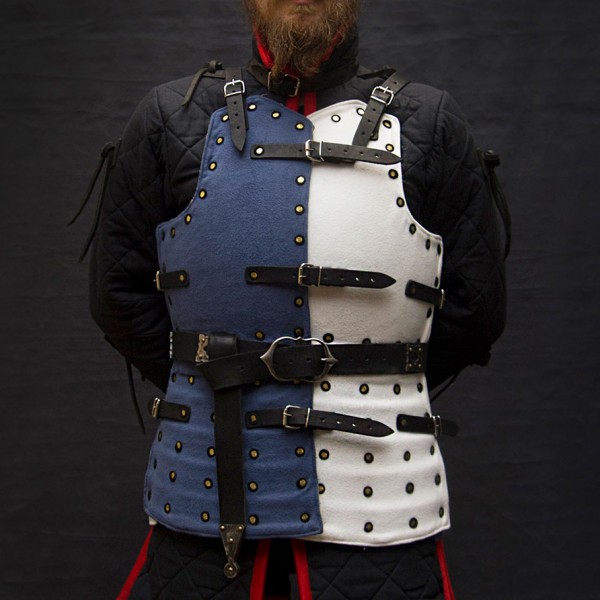
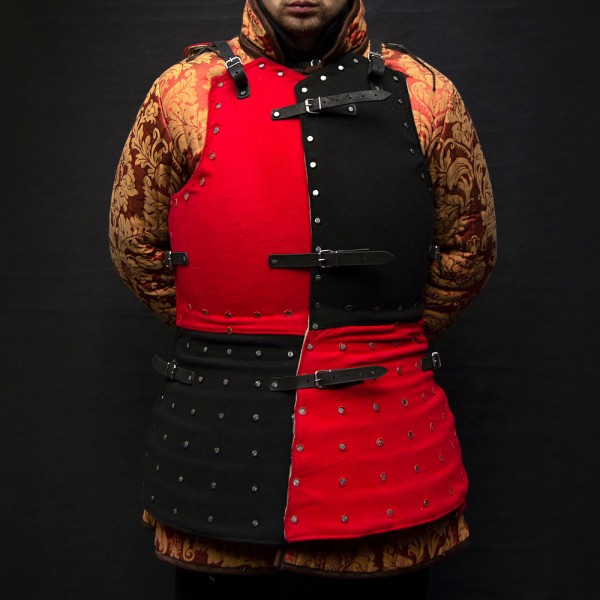
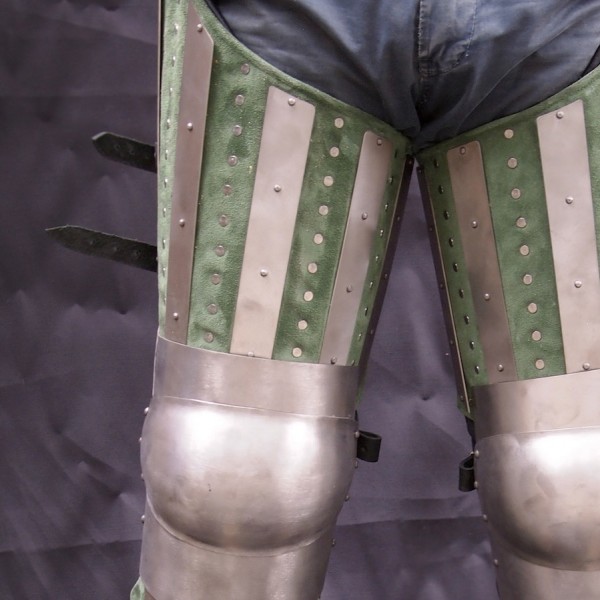
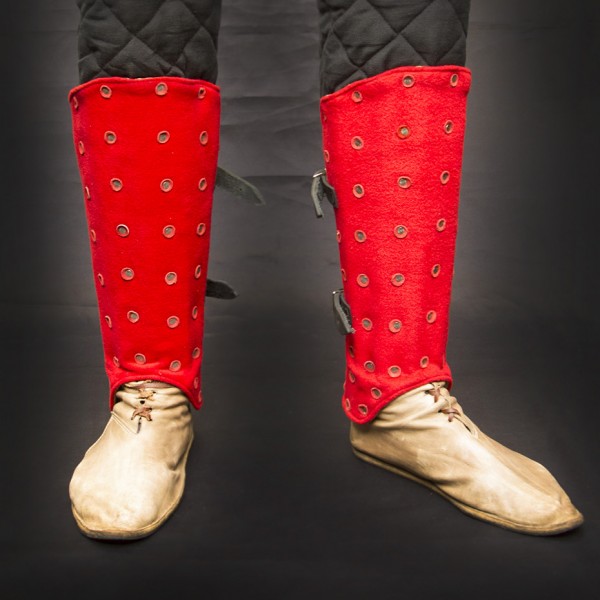
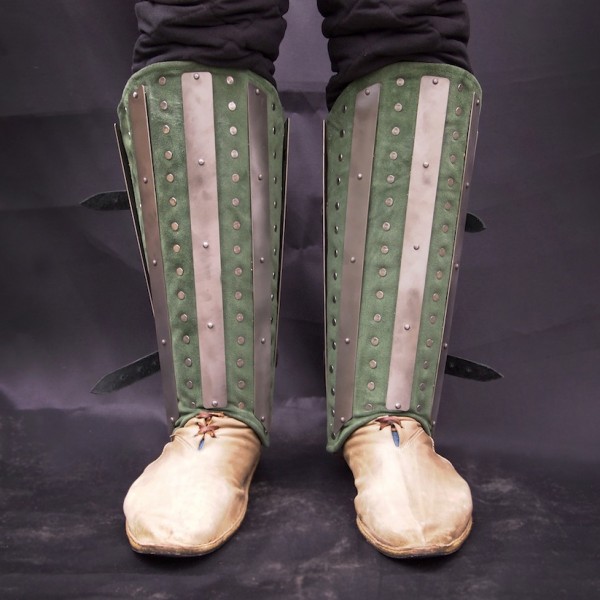
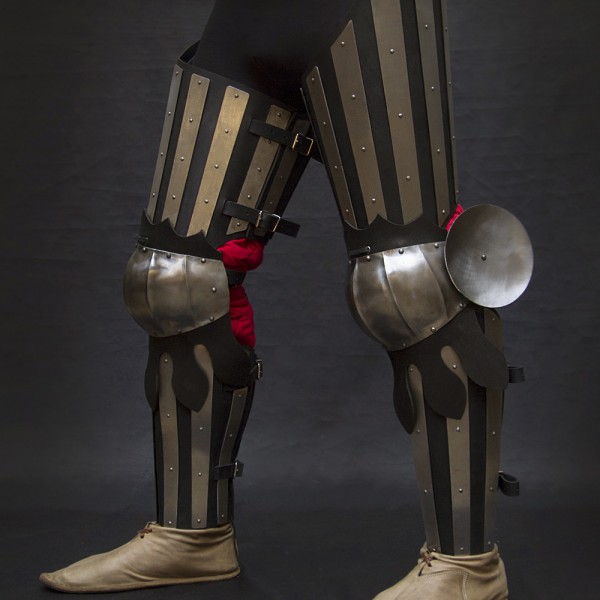
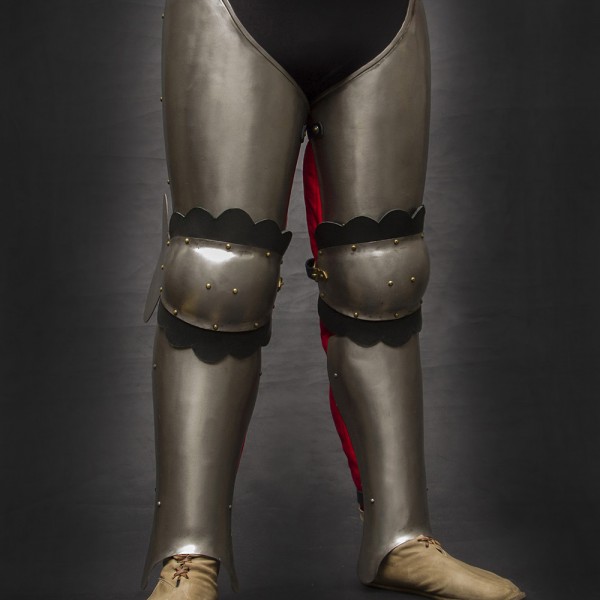
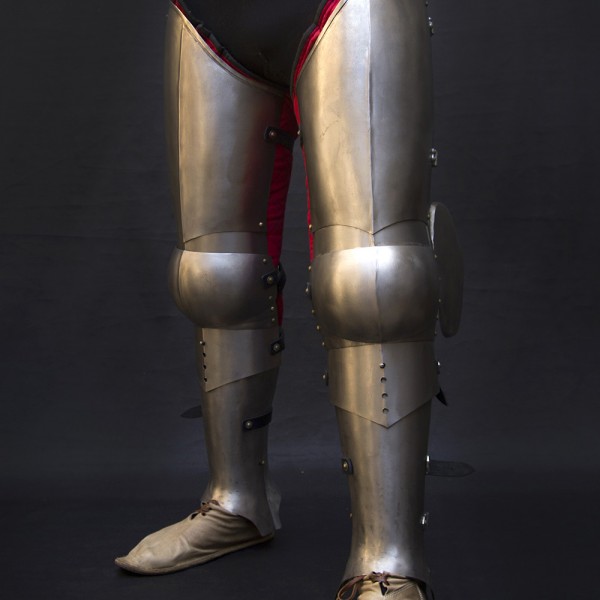
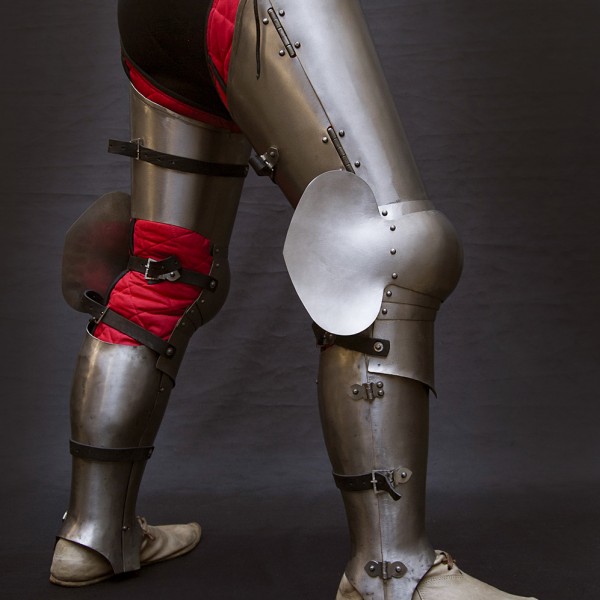
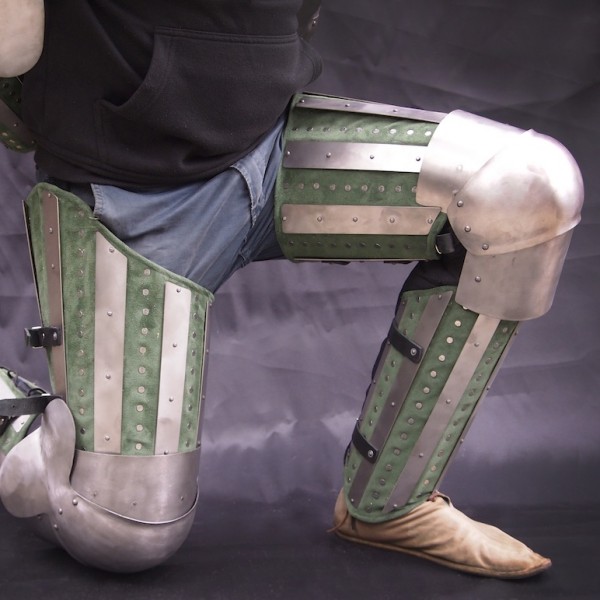
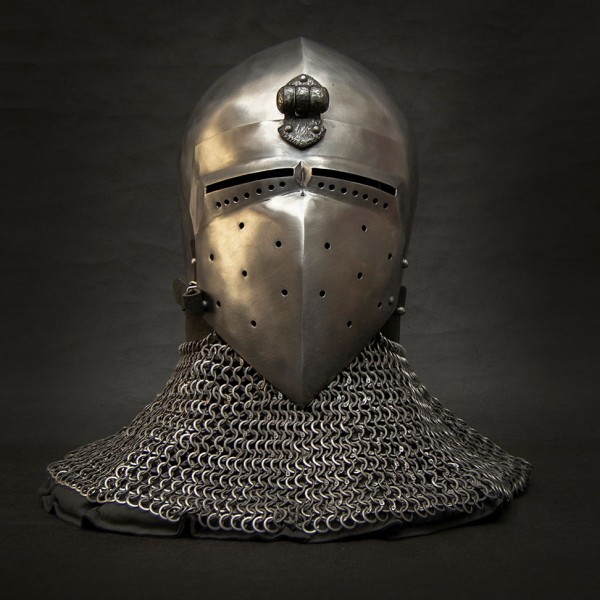
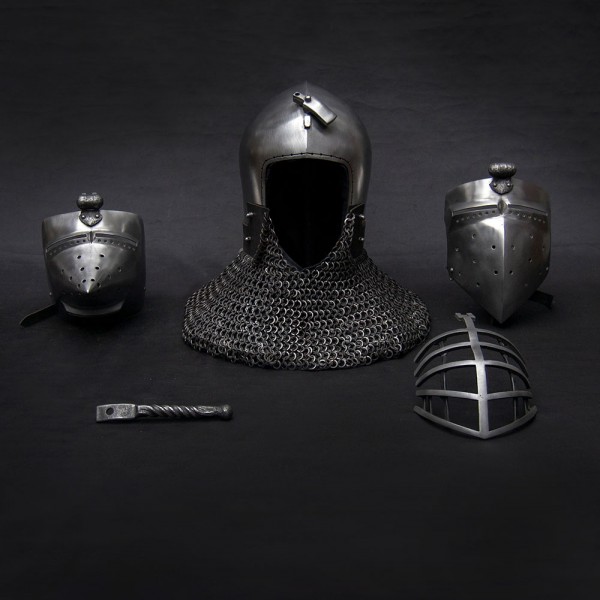
 Shop
Shop